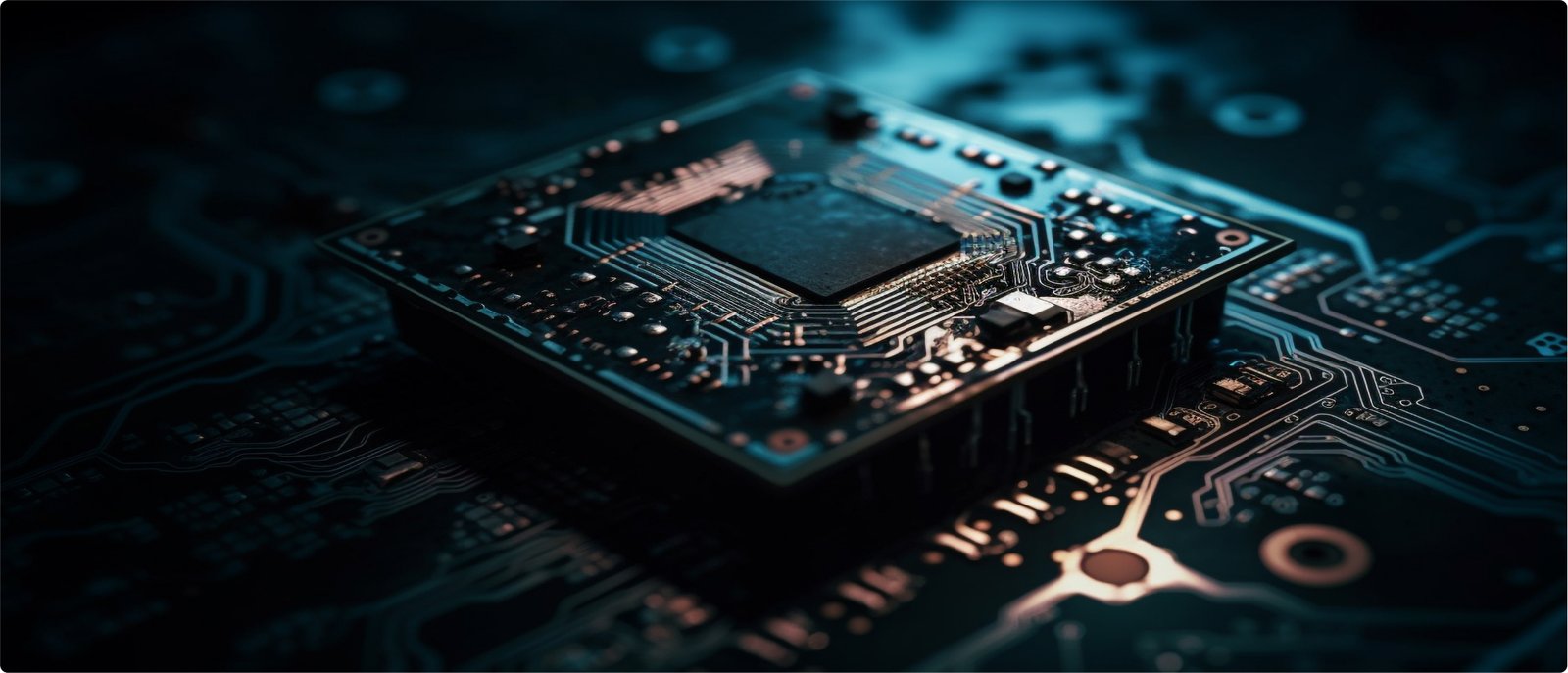The Story
The project revolves around the identification of PCBs (Printed Circuit Boards) from a given dataset. The dataset contains multiple images of different PCBs, and the objective is to develop a machine learning model capable of identifying the same PCB within the dataset. This identification task needs to be robust against variations in capturing angle, scale, and environmental conditions, making it a challenging problem to solve.

Developed a high-accuracy machine learning model for PCB identification exceeding 85%, optimized for speed with predictions under 2 seconds, demonstrating the effectiveness of transfer learning and a well-chosen tech stack in solving a complex image recognition problem with variations in angle, scale, and environmental conditions.

Sanjay
Lead of DevOps Engineer
The challenge
The primary challenge in this project is to create a model that can handle the inherent variability in the images due to different angles, scales, and environmental conditions. Traditional computer vision approaches may struggle with these variations. Additionally, achieving a high level of accuracy is essential for practical applications. The challenge also includes optimizing computation time to ensure real-time or near-real-time performance.
The solution
To address these challenges, the project team employed a combination of advanced technologies and tools. Transfer learning, a concept in machine learning, was leveraged to build the model. Specifically, the VGG 16 Convolutional Neural Network (CNN) architecture was used as a base model for feature extraction. This approach allowed the model to benefit from pre-trained weights and learn meaningful representations from the PCB images.
Python was the programming language of choice, and Keras was used to implement the neural network architecture. Kubeflow, a popular machine learning platform, was utilized for workflow orchestration, while Google Cloud Platform (GCP) provided the infrastructure and services for training and deployment.
Additionally, scikit-learn, a versatile machine learning library, was likely employed for data preprocessing and evaluation. Flask, a web framework, may have been used to create a user-friendly interface for the model. Opencv, an open-source computer vision library, might have played a role in image processing and manipulation.
The outcome
The project's outcome was highly successful. The machine learning model achieved an accuracy rate exceeding 85%, demonstrating its effectiveness in identifying PCBs with variations in angle, scale, and environmental conditions. Furthermore, the team managed to optimize the computation time, ensuring that the model's predictions could be made in less than 2 seconds. This efficiency is crucial for real-time or near-real-time applications where quick decision-making is required. Overall, the project showcased the power of transfer learning and a well-chosen tech stack in solving a complex image recognition problem with practical significance.
Planning to outsource software development services?
Contact sales, to start a project, now.




